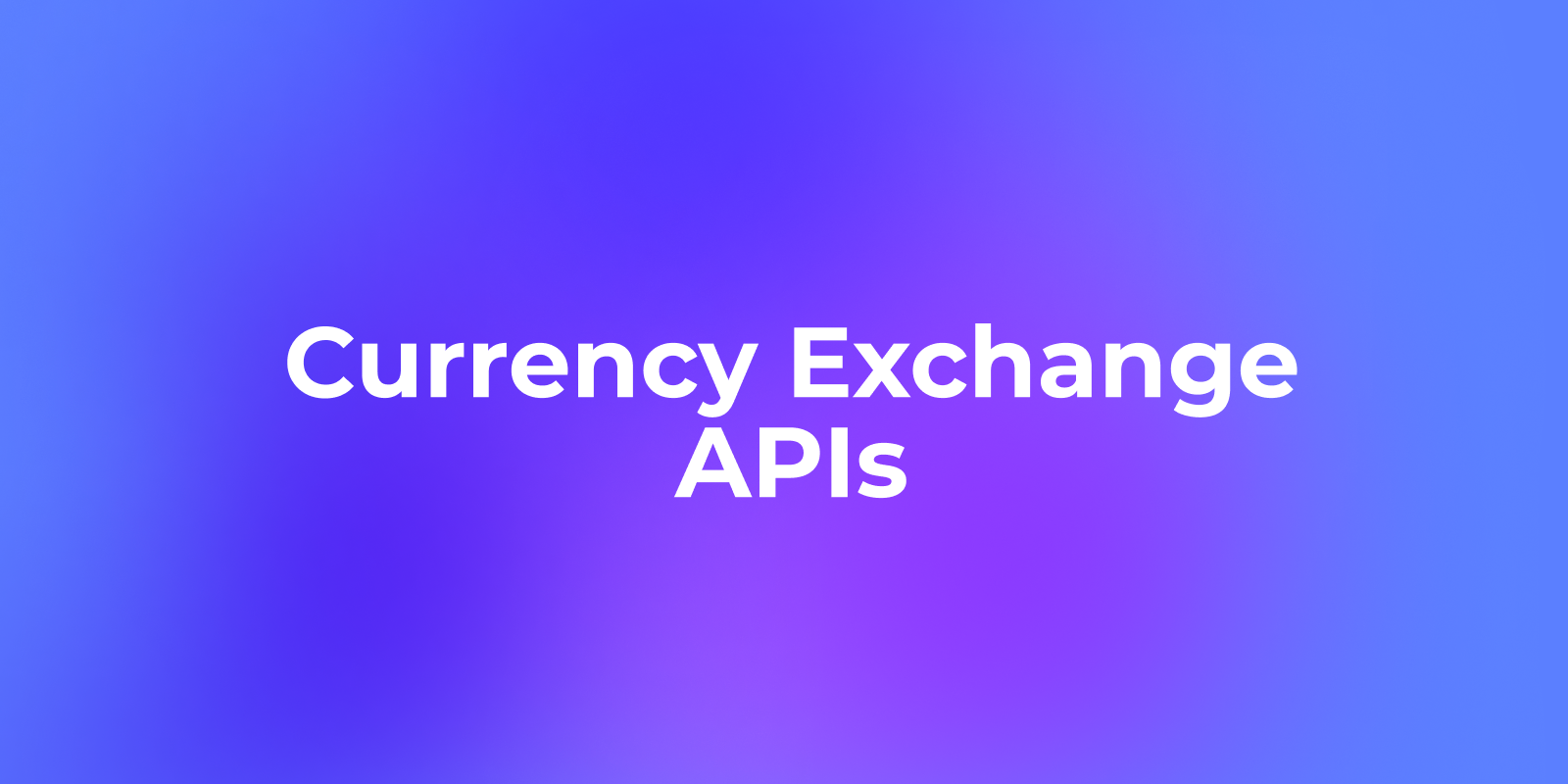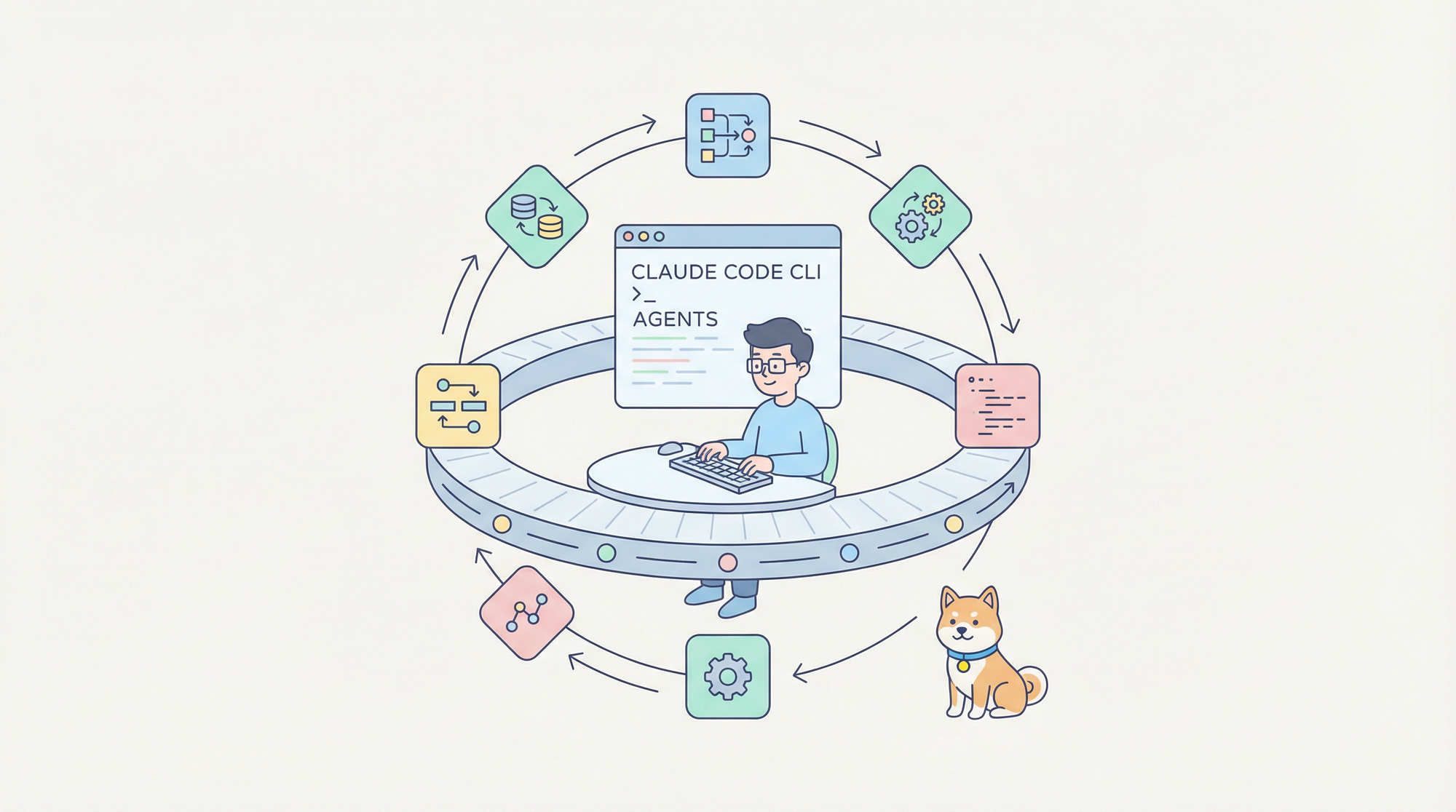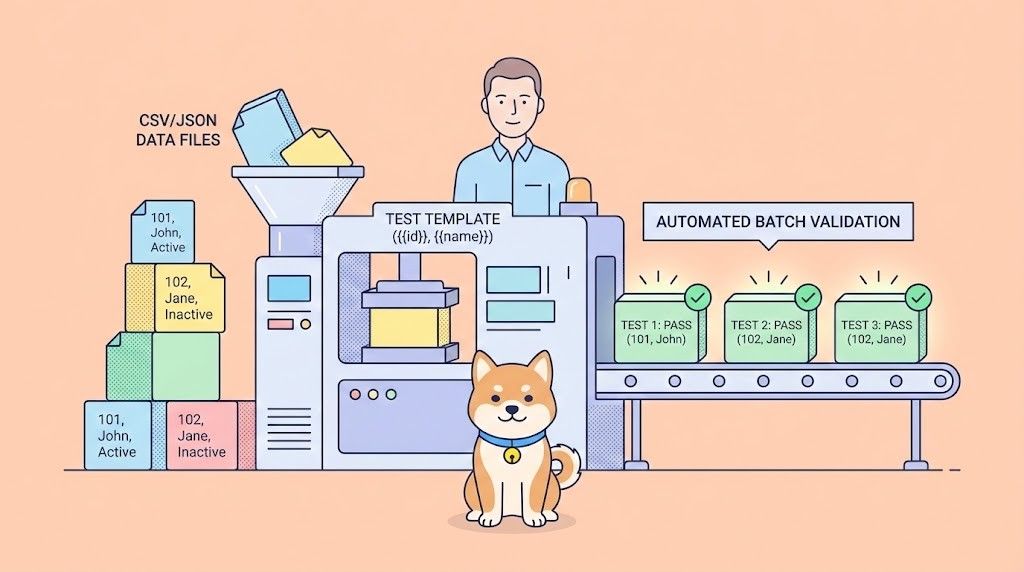Currency exchange APIs—also called Exchange rate APIs or currency rate APIs—expose foreign exchange data (current, historical, and time‑series) for apps, dashboards, and financial systems. At a minimum, providers publish endpoints like /latest, /convert, /symbols, and /timeseries. Many also add granular features such as fluctuation windows, base currency switching, and crypto or metals coverage.
Under the hood, accuracy flows from sources. Some platforms aggregate from central banks (for example the European Central Bank), others blend quotes from commercial banks, brokers, and market venues. Update frequency ranges from daily reference rates to minute‑level or real‑time ticks. Latency, rate limits, and uptime decide if your shopping cart, billing engine, or treasury report stays trustworthy at scale.
Common capabilities you will see across Currency exchange APIs:
- Live spot rates for 150–170+ fiat currencies (some include crypto and metals)
- Historical rates (single‑day and long time‑series) for backtesting and audits
- Currency conversion endpoints for precise, auditable math
- Symbols and metadata (names, decimals, regions, flags)
- Webhooks or streaming (less common) for push‑style updates
Practical use cases span many teams:
- Pricing: multi‑currency product catalogs with fair, consistent rounding
- Payments: checkout, settlement, risk checks, and reconciliation
- Reporting: month‑end revaluation, P&L, and statutory filings
- Insights: dashboards, alerts, and hedging models
What to watch:
- Data lineage: Know your provider’s sources and refresh cadence
- SLA and quotas: Peak‑hour rate limits can quietly break carts
- Compliance: Some markets restrict data redistribution; learn your license
- Failover: Build a fallback (primary + secondary) to keep the lights on
In short, Exchange rate APIs are the backbone of global apps. Choose them with the same care you apply to payments or auth—then pair them with a first‑class API development tool to keep your own integrations robust.
How to Choose Currency Rate APIs?
Not all Currency exchange APIs are equal. Before you commit code (or money), score providers against a simple matrix. The goal is to balance accuracy, speed, breadth, and cost—without locking your business to a brittle service.
Key criteria (and why they matter):
- Sources & methodology: Central bank references vs blended market quotes
- Update frequency: Daily at 16:00 CET vs hourly vs minute‑level
- Coverage: Fiat, crypto, metals; number of symbols; exotic pairs
- Historical depth: How far back, and are time‑series endpoints included?
- Quotas & rate limits: Burst capacity, concurrent calls, fair use rules
- Uptime & latency: 99.9%+ with status pages, or promises without proof?
- Pricing model: Free tier, PAYG, subscriptions, enterprise contracts
- Terms & licensing: Redistribution, caching, and downstream usage rights
- Tooling: Docs, SDKs, examples, and sandbox data
A compact comparison table to frame trade‑offs:
Factor | Daily reference feeds | Blended bank/broker quotes |
Accuracy | High for reference use | High for real‑world pricing |
Freshness | Daily | Minute‑level or better |
Volatility handling | Not intraday | Intraday covered |
Ideal for | Accounting, reports | Pricing, checkout, trading |
Best practices to reduce risk:
- Start with two providers; build a switch to fail over when the primary is down
- Cache recent results to shield downstream services from quota spikes
- Use fixed decimals and consistent rounding to avoid silent cents drift
- Log every conversion with input, rate source, and timestamp for audit
- Test on real volumes in off‑peak windows before you flip traffic
Pitfalls to avoid:
- Assuming "free" equals "fit for production"
- Ignoring rate limit headers and retry‑after guidance
- Mixing rate sources across flows (leads to reconciliation pain)
- Skipping licensing reviews when you display rates publicly
With the right checklist, you will select Exchange rate APIs that match your workload—and keep them healthy over time.
List of Currency exchange APIs
Below is a practical lineup drawn from widely used providers and official sources. Use this as a launch pad; verify coverage, pricing, and SLAs directly with each vendor.
- 1Forge — Real‑time Forex and crypto quotes; 700+ pairs;
/quotes,/convert,/market_status,/symbols. Great for fast tick data and simple conversion endpoints. - Amdoren — Real‑time and historical rates for 150+ currencies; simple HTTPS and JSON; friendly free tier for small apps.
- Fixer — 170+ currencies;
/latest,/convert,/timeseries,/fluctuation; trusted by large brands; mixes historical depth and steady docs. - Bank of Russia — Official exchange and conversion data; part of an open banking program; strong for regulated reporting.
- currency‑api — Free, blazing fast CDN‑backed JSON; 200+ currencies and some crypto/metals; great as a fallback data source.
- CurrencyFreaks — Real‑time and historical FX with SSL, caching, and wide asset support; JSON/XML; practical balance of price and features.
- Currencylayer — 168 currencies and metals; aggregated from banks; JSON; time‑series and conversion; popular in fintech and B2B apps.
- CurrencyScoop — 150–180+ currencies; real‑time, historical, and conversion; developer‑friendly and used in automation workflows.
- Czech National Bank (CNB) — Public data via ARAD; TXT files or third‑party JSON wrappers; strong reference for the local market.
- Economia.awesome (Public API listing) — General exchange rates and historical data; simple REST model; good for learning and prototypes.
- ExchangeRate‑API — 161 currencies; daily (free) to hourly (paid) updates; simple endpoints; long‑running, reliable service.
- Exchangerate.host — Free REST API for FX and crypto; latest, convert, and time‑series; pulls from multiple sources including ECB.
- Exchangeratesapi.io — 170+ currencies; real‑time, historical, and conversions; fast refresh and detailed docs.
- Frankfurter — Free, open source; ECB reference rates since 1999; no API key; JSON; ideal for accounting/reporting use.
- FreeForexAPI — Free REST API for live and historical rates and conversions; no registration; handy for small tools.
- National Bank of Poland (NBP) — Official
api.nbp.plwith tables A/B/C; current and historical FX and gold; easy GET endpoints. - VATComply — Free ECB‑sourced
/rateswith base, symbols, and date; good for client‑side conversions and simple backends.
Why Apidog is the Best API Development Platform for Currency Exchange APIs
Choosing a good provider is step one. Step two is building integrations that do not break under load, audits, or edge cases. Apidog is the all‑in‑one API development platform that helps you design, mock, test, debug, and document API integrations with fewer surprises.
How Apidog helps you deliver faster, safer FX features:
- Visual API design: define endpoints, schemas, and examples without hand‑editing JSON
- Import OpenAPI from any Exchange rate APIs provider and generate requests instantly
- Mock servers: unblock frontend teams while backends finalize access and quotas
- Automated testing: JSONPath assertions, chained scenarios (create → convert → settle), data‑driven tests, and performance runs
- Environment & secrets: store API keys, base URLs, and headers for dev/stage/prod; switch with one click
- Debug with clarity: request history, variables, and response inspectors reduce guesswork
- Endpoint compliance check (AI): score your docs against your API design guidelines and fix issues before release
- Publish live docs: interactive docs with five access modes (Public, Password, IP allowlist, Email allowlist, Custom Login)
- LLM‑friendly docs: Markdown pages,
llms.txt, and MCP Server help IDE agents like Cursor/Cline read your APIs
Suggested workflow for currency rate APIs:
- Import your provider's OpenAPI (or assemble requests) in Apidog
- Create a test suite: latest rates, conversion math, time‑series, and rounding
- Add negative tests: quota exceeded, invalid symbols, stale data
- Run performance tests to size caches and timeouts
- Publish controlled docs for partners or internal users
When you couple reliable Currency exchange APIs with Apidog's cohesive toolchain, you get faster delivery, fewer regressions, and cleaner audits.
Conclusion
Exchange rate APIs are simple to call yet crucial to get right. Data sources, refresh cadence, rate limits, and licenses all shape outcomes in pricing, payments, and reporting. Pick providers with transparent methods, sound SLAs, and the features your workload needs—then design for failure with caching and fallbacks.
The other half of success is execution. Apidog, as an API development tool and API development platform, helps you keep integrations steady: visual API design, mocks for parallel work, automated tests with JSONPath, AI‑assisted documentation checks, and live docs with granular access control. LLM‑friendly outputs and API Hub distribution make your FX interfaces easier to adopt—by humans and by AI agents.
In the rapidly changing FX world, small errors ripple into big costs. Build with discipline, monitor with care, and lean on tools that reduce toil. Choose strong Currency exchange APIs, and run them through Apidog from spec to ship. The result is simple: faster delivery, clearer audits, and fewer late‑night pages—so your team can focus on growth rather than firefighting.



